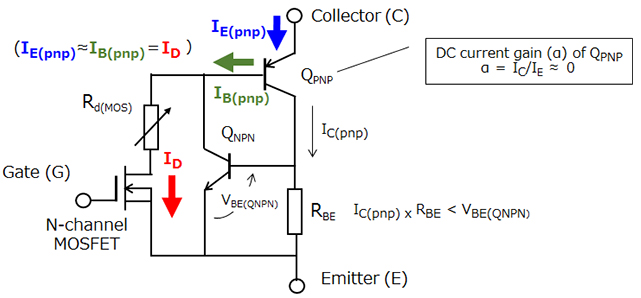- 型号 & 关键词搜索
- 交叉搜索
- 参数搜索
- 库存查询与购买
This webpage doesn't work with Internet Explorer. Please use the latest version of Google Chrome, Microsoft Edge, Mozilla Firefox or Safari.
请输入3个以上字符 Search for multiple part numbers fromhere.
The information presented in this cross reference is based on TOSHIBA's selection criteria and should be treated as a suggestion only. Please carefully review the latest versions of all relevant information on the TOSHIBA products, including without limitation data sheets and validate all operating parameters of the TOSHIBA products to ensure that the suggested TOSHIBA products are truly compatible with your design and application.Please note that this cross reference is based on TOSHIBA's estimate of compatibility with other manufacturers' products, based on other manufacturers' published data, at the time the data was collected.TOSHIBA is not responsible for any incorrect or incomplete information. Information is subject to change at any time without notice.
请输入3个以上字符
IGBT的工作原理是什么?

IGBT的等效电路如下图所示。当栅极-发射极(G-E)和集电极-发射极(C-E)通路均发生正偏置时,N沟道MOSFET导通,导致漏极电流流动。该漏极电流也流向QPNP的基极并导致IGBT导通。由于QPNP的直流电流增益(α)非常小,因此几乎整个发射极电流(IE(pnp))都作为基极电流(IB(pnp))流动。但部分IE(pnp)会作为集电极电流(IC(pnp))流动。IC(pnp)无法开启QNPN,因为它绕过了QNPN基极和发射极之间插入的RBE。
因此,IGBT的几乎所有集电极电流都通过QPNP的发射极-基极通路作为N沟道MOSFET的漏极电流流动。此时,空穴从QPNP的发射极注入到N通道MOSFET的高电阻漂移层。这导致漂移层的电阻率(Rd(MOS)大大降低,从而降低了导通期间的导通电阻。这种现象称为电导率调制。
关闭栅极(G)信号会导致N沟道MOSFET关断,从而导致IGBT关断。

